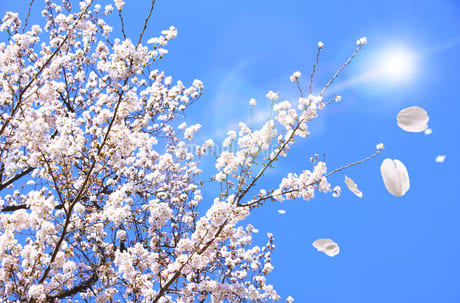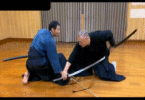Every spring, ” Sakura “, the cherry trees all over not only Japan, but also all over the world burst into bloom everywhere you look, there are petals in elegant, subtle shades of pink.
And When we look they scattering in the wind, we can’t help evoking a feel of the evanescence or ephemerality of the world.
Contents
Cherry blossoms in full bloom in the world
Currently they are widely distributed, especially in the temperate zone of the Northern Hemisphere including Japan, India, South Korea, Turkey.
 Common type of cherry blossom in India
Common type of cherry blossom in India
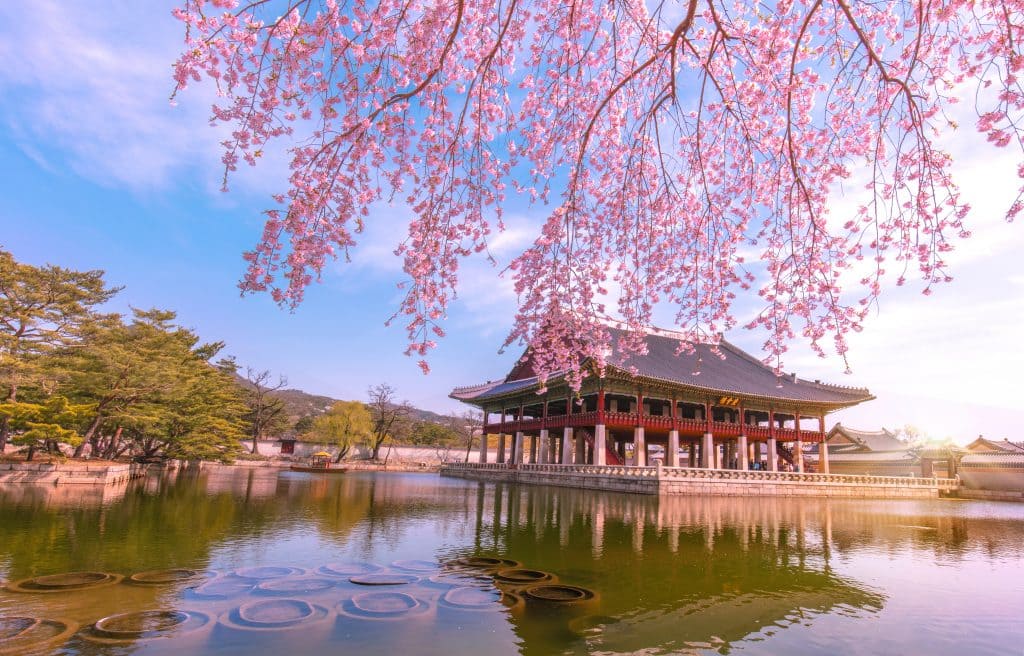
Cherry blossoms at POSTECH, South Korea

Cherry blossoms in Turkey
Besides the aboves, there are now in Australia, Brazil, Canada, France, Germany, Netherlands, New Zealand, United Kingdom, and United States.
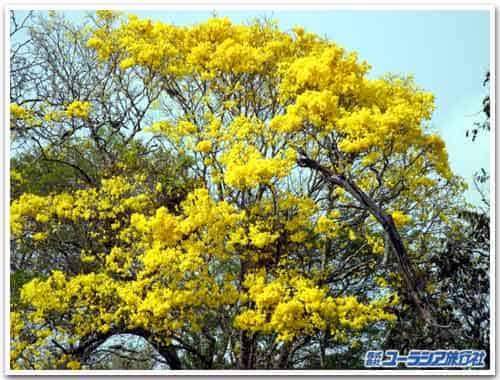
Cherry blossom in the Japan Square, Curitiba, Brazil

Blooming cherry blossom trees in Parc de Sceaux, France
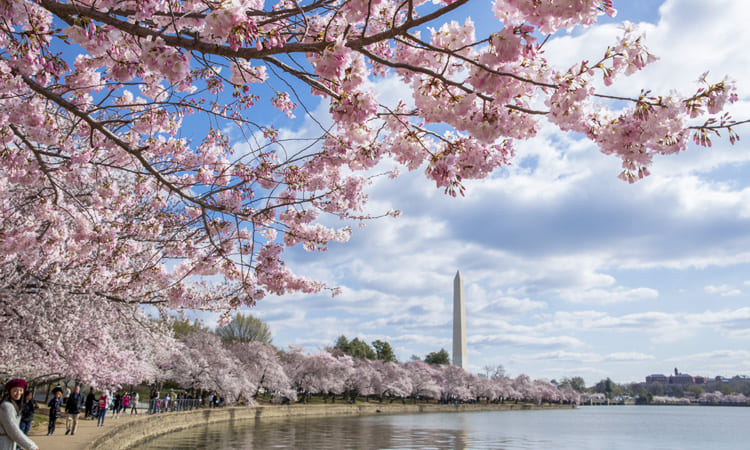
Cherry blossoms in Washington, D.C.
What’s Sakura (cherry) influencing the Japanese ?
A cherry or cherry blossom is a flower of several trees of genus Prunus, particularly the Japanese cherry, Prunus serrulata, which is called sakura in Japanese.
Along with the chrysanthemum, the cherry blossom is considered the national flower of Japan.

Sakura in full bloom and Japan’s tallest tower “Sky Tree” in the background
In Japan, cherry blossoms symbolize clouds due to their nature of blooming en masse, besides being an enduring metaphor for the ephemeral nature of life, an aspect of Japanese cultural tradition that is often associated with Buddhist influence, and which is embodied in the concept of “mono no aware“.
What’s “mono no aware” ?
That literally “the pathos of things”, and also translated as “an empathy toward things”, or “a sensitivity to ephemera”, is a Japanese term for the awareness of impermanence, or transience of things, and both a transient gentle sadness (or wistfulness) at their passing as well as a longer, deeper gentle sadness about this state being the reality of life.
The term comes from Heian period (794– 1185) literature, but was picked up and used by 18th century Edo period Japanese cultural scholar Motoori Norinaga in his literary criticism of The Tale of Genji.
And later to other seminal Japanese works including the Man’yōshū. It became central to his philosophy of literature and eventually to Japanese cultural tradition.
The association of the cherry blossom with mono no aware dates back to 18th-century scholar Motoori Norinaga.
The transience of the blossoms, the exquisite beauty and volatility, has often been associated with mortality and graceful and readily acceptance of destiny and karma; for this reason, cherry blossoms are richly symbolic, and have been utilized often in Japanese art, manga, anime, and film, as well as at musical performances for ambient effect.
There is at least one popular folk song, originally meant for the shakuhachi (bamboo flute), titled “Sakura”, and several pop songs. The flower is also represented on all manner of consumer goods in Japan, including kimono, stationery, and dishware.
During World War II, the cherry blossom was used to motivate the Japanese people, to stoke nationalism and militarism among the populace. Even prior to the war, they were used in propaganda to inspire “Japanese spirit”, as in the “Song of Young Japan”, exulting in “warriors” who were “ready like the myriad cherry blossoms to scatter”.
In 1932, Akiko Yosano’s poetry urged Japanese soldiers to endure sufferings in China and compared the dead soldiers to cherry blossoms. Arguments that the plans for the Battle of Leyte Gulf, involving all Japanese ships, would expose Japan to serious danger if they failed, were countered with the plea that the Navy be permitted to “bloom as flowers of death”. The last message of the forces on Peleliu was “Sakura, Sakura” — cherry blossoms.
Japanese pilots would paint them on the sides of their planes before embarking on a suicide mission, or even take branches of the trees with them on their missions. A cherry blossom painted on the side of the bomber symbolized the intensity and ephemerality of life.
In this way, the aesthetic association was altered such that falling cherry petals came to represent the sacrifice of youth in suicide missions to honor the emperor. The first kamikaze unit had a subunit called Yamazakura or wild cherry blossom.
What’s Kamikaze?
“Kamikaze” a part of Special Attack Units of military aviators who initiated suicide attacks for the Empire of Japan against Allied naval vessels in the closing stages of the Pacific campaign of World War II.

Ensign Kiyoshi Ogawa, who flew his aircraft into USS Bunker Hill (CV-17) on 11 May 1945
It designed to destroy warships more effectively than possible with conventional air attacks. About 3,800 kamikaze pilots died during the war, and more than 7,000 naval personnel were killed by kamikaze attacks.
Kamikaze aircraft were essentially pilot-guided explosive missiles, purpose-built or converted from conventional aircraft. Pilots would attempt to crash their aircraft into enemy ships in what was called a “body attack” in planes laden with some combination of explosives, bombs, and torpedoes.

A Japanese kamikaze aircraft explodes after crashing into Essex’s flight deck amidships 25 November 1944.
Accuracy was much higher than that of conventional attacks, and the payload and explosion larger; about 19% of kamikaze attacks were successful. A kamikaze could sustain damage that would disable a conventional attacker and still achieve its objective.
The goal of crippling or destroying large numbers of Allied ships, particularly aircraft carriers, was considered by the Empire of Japan to be a just reason for sacrificing pilots and aircraft.
The government even encouraged the people to believe that the souls of downed warriors were reincarnated in the blossoms.
In its colonial enterprises, Imperial Japan often planted cherry trees as a means of “claiming occupied territory as Japanese space”.
Cherry blossoms are a prevalent symbol in Irezumi, the traditional art of Japanese tattoos. In tattoo art, cherry blossoms are often combined with other classic Japanese symbols like koi fish, dragons or tigers.
It was later used for the Tokyo 2020 Paralympics mascot Someity, who’s pink design was inspired by cherry blossoms.
While Miraitowa is the official mascot of the 2020 Summer Olympics. Both events are scheduled to be held in Tokyo, Japan. The checkered design on both mascots was inspired by the Tokyo 2020 official logo.
Culinary delight of Sakura
Cherry blossoms and leaves are edible and both are used as food ingredients in Japan:
The blossoms are pickled in salt and umezu (ume vinegar), and used for coaxing out flavor in wagashi, (a traditional Japanese confectionery,) or anpan, (a Japanese sweet bun, most-commonly filled with red bean paste).
Salt-pickled blossoms in hot water are called sakurayu, and drunk at festive events like weddings in place of green tea.
The leaves, mostly from the Ōshima cherry because of the softness, are also pickled in salted water and used for sakuramochi.
Sakuranbo (sweet cherry)
Frankly, we even Japanese people sometimes misunderstand that edible fruits “Sakuranbo” come from the cherry trees like Somei-yoshino that created a new variety of flowering cherry in the middle of the 19th century and it was distinguished by the austere beauty of its large whitish floweres.
Of course, you can eat them but you will sure displeased to its taste, bitter in particular. Sakuranbo come from different cherry trees and it is ripe in June or July. You can enjoy picking and satisfying its sweetness of the cherries.
Finally, when the cherry blossom season arrived, people would gather, taking food and drink with them, and have boisterous parties. For some people, this was a way to vent their daily frustratons.

We also have another blog relating to “Sakura”, whose title is “Ohana-Mi (Cherry Blossom Viewing)“, and “Let’s enjoy the winter cherry blossom of illumination powered by waste edible oil at Meguro River in Tokyo” to be browsed, thanks


